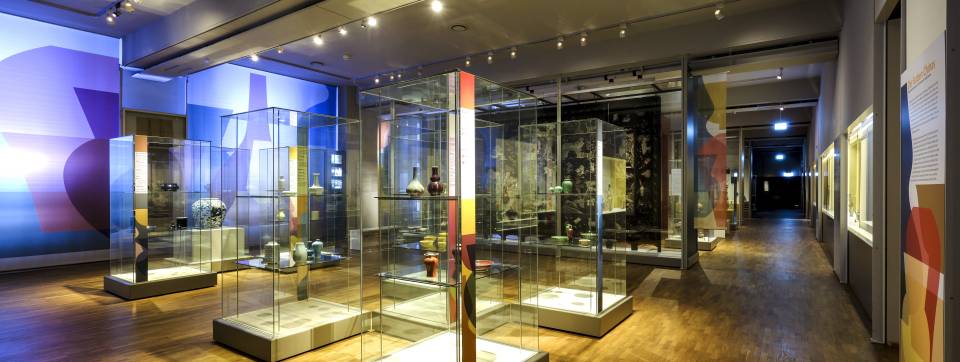Startseite > The Colors of China
Porcelain is one of the great Chinese inventions. At the same time, the beauty of the pottery is based on the perfect interplay of shape, glaze and decoration. Where decorations are omitted, the focus is entirely on the simple elegance of the colored cover.
By the end of the imperial period, Chinese potters, through their extensive knowledge of clay, glazes, and color bodies, as well as their masterful control of firing conditions, had succeeded in producing colors reminiscent of the bright blue of a clear sky, red, delicately speckled bean seeds, or the shiny polished surfaces of bronze mirrors. The pottery masters of the Qing period (1644 – 1911) used the classical ceramics of the Song period (960 – 1279) or the monochrome glazed porcelains of the Ming period (1368 – 1644) as models, but at the same time they also developed new, unusual colors to meet the demanding wishes of their clientele, especially the imperial court. Influenced by the prevailing preference for antiquities, some of her vessels were created in imitation of antique bronzes.
The fascinating color palette and the variety of shapes of these late monochrome porcelains are exemplified by the Dr. Georg Büchner Collection, from which the Linden-Museum Stuttgart presented a representative selection for the first time as a cabinet exhibition.


Dienstag bis Samstag, 10 – 17 Uhr
Sonn- und Feiertage, 10 – 18 Uhr
Ausstellungen
Sonderausstellungen
Dauerausstellungen